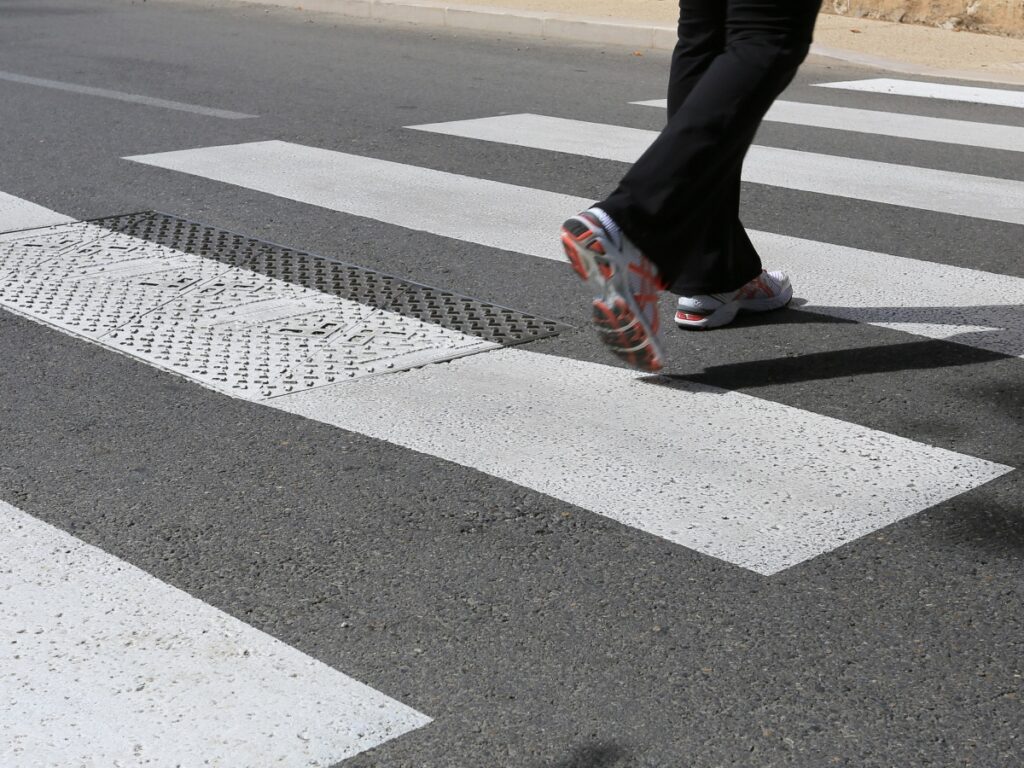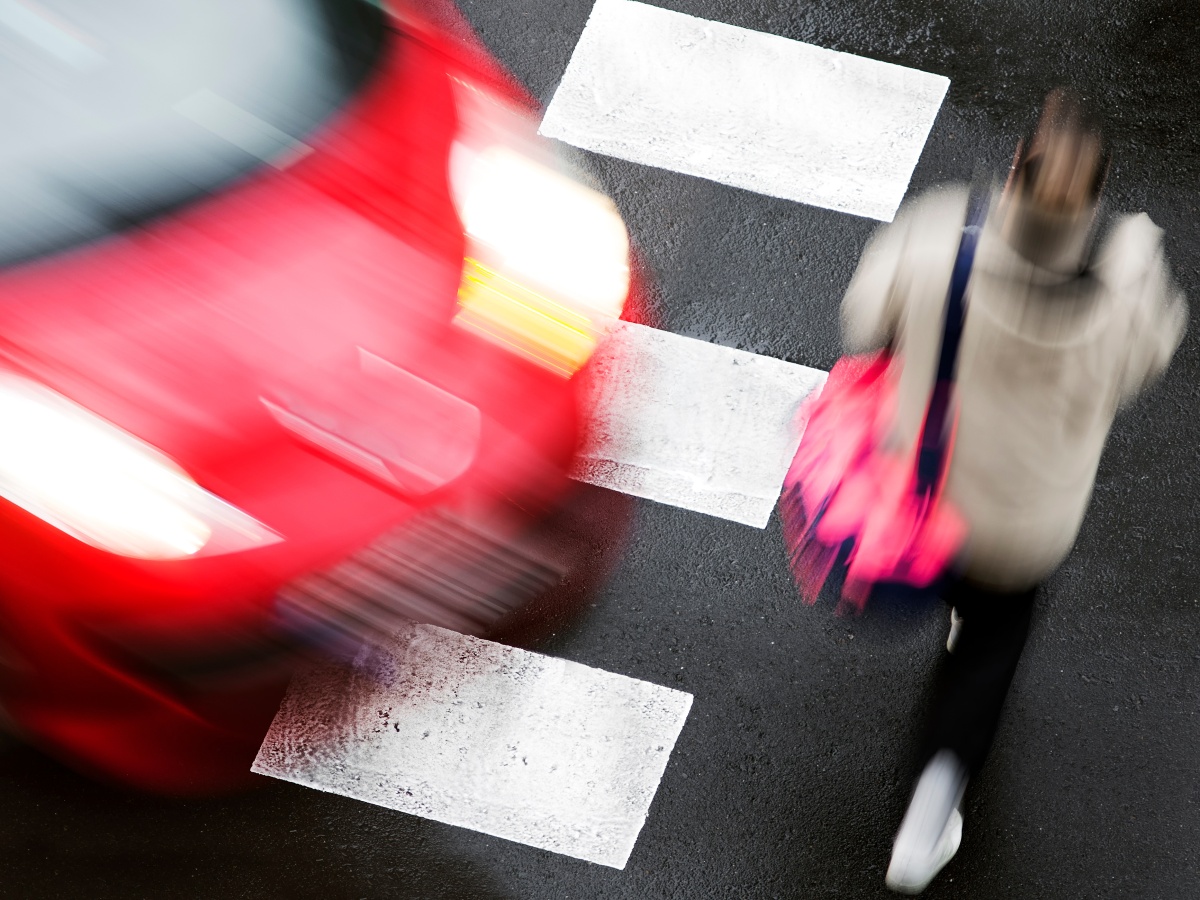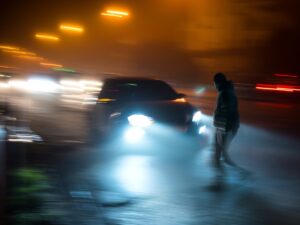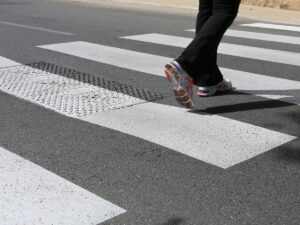Navigating Personal Injury Law in the Age of California’s Decriminalized Jaywalking

California’s streets see their fair share of pedestrian accidents each year. Data from the California Highway Patrol reveals that these incidents resulted in over 1,000 fatalities and 14,000 injuries in 2019 alone. Such statistics underscore the vulnerability of pedestrians who, without the protective barriers afforded to vehicle occupants, often suffer severe injuries or death when involved in motor vehicle accidents. The state had long enforced jaywalking laws to mitigate this risk, encouraging pedestrians to cross at intersections and crosswalks. However, a recent legislative change has transformed how California approaches jaywalking.
Understanding the New Jaywalking Law
The “Freedom to Walk” bill, also known as AB-2147, marked a turning point in California’s pedestrian laws. Passed by the California Legislature on August 25, 2022, and signed into law by Gov. Gavin Newsom on September 30, 2022, this law took effect on January 1, 2023. Introduced by Phil Ting (D-San Francisco), the legislation aimed to address long-standing concerns of activists who argued that jaywalking laws disproportionately targeted low-income individuals and minorities.
AB-2147 revolutionized the concept of jaywalking in the state. The law permits people to cross streets at any point deemed safe, negating the potential for citations and fines. Such crossings may occur outside designated crosswalks and intersections, barring circumstances where an imminent danger of a motor vehicle accident exists.
The Reasoning Behind the New Law
The impetus behind AB-2147 arose from a substantial body of research revealing racial disparities in jaywalking citations. Representative Ting’s research indicated that Black individuals were 4.5 times more likely to receive jaywalking tickets than their white counterparts. Furthermore, the expensive nature of these tickets posed significant challenges for low-income residents. As a result, the argument for law enforcement to redirect resources elsewhere gained momentum.
In a bid to assess the potential traffic safety implications of the new jaywalking law, AB-2147 mandates that the California Highway Patrol collaborate with the University of California’s Institute of Transportation Studies. They are to submit a comprehensive report on pedestrian accident data to the legislature by January 1, 2028.
Implications for Pedestrian Accident Cases
Decriminalizing jaywalking may cause a surge in pedestrian accidents as more people feel empowered to cross roads outside intersections and crosswalks. This alteration in pedestrian behavior may catch drivers off guard, particularly in midblock areas. Adding to the complexity, distractions from cell phones and other devices may further obscure drivers’ and pedestrians’ awareness of each other. As both parties adjust to the new law, the transition period may unfortunately witness an increase in pedestrian injuries, fatalities, and accident claims.
Despite the changes brought about by AB-2147, pedestrians must still exercise caution when crossing the street, checking for traffic to avoid immediate danger. Likewise, drivers must remain vigilant, anticipating potential pedestrian crossings. Yet, these obligations often go unmet, which could exacerbate the rate of pedestrian accidents.
Changes Brought by the New Law
Prior to AB-2147, police could issue citations for jaywalking to pedestrians crossing roads outside designated crosswalks and intersections. This legislation, however, limits such citations to situations where pedestrians recklessly place themselves in imminent danger of vehicle collisions. The previous law’s intention to preserve pedestrian safety often resulted in longer travel distances for pedestrians needing to cross the street directly across from their location. AB-2147 adjusts this balance, granting pedestrians the freedom to cross at any point, provided they yield to oncoming traffic and ensure safe crossing conditions.
Though the enactment of the new jaywalking law may lead to a decline in citations, the penalties remain unchanged. Pedestrians crossing dangerously could still face fines and fees totaling over $200. It’s worth noting, however, that such violations do not result in points on their driving records.
Complications in Compensation Recovery for Jaywalkers
An injured pedestrian, even one cited for jaywalking, may still seek compensation through a personal injury claim against the motorist involved. California’s pure comparative negligence system, as governed by Cal. Civ. Code § 1714 and the California Supreme Court’s decision in Li v. Yellow Cab Co., allocates responsibility for an accident based on each party’s degree of negligence.
In instances where a jaywalking pedestrian is deemed partially at fault, their compensation amount adjusts to reflect this. For example, if a court establishes a jaywalking pedestrian as 60% at fault for an accident, with total damages amounting to $100,000, the net award reduces by 60%, resulting in a $40,000 payout.
The decriminalization of jaywalking necessitates a careful and thorough investigation of pedestrian accidents to accurately ascertain liability. Techniques might include witness interviews, traffic camera footage analysis, accident scene visits, or consultation with accident reconstruction experts.
Statute of Limitations and the Importance of Timely Action
The statute of limitations for filing an injury lawsuit in pedestrian accidents remains unchanged at two years. Procrastination in filing claims could result in forfeiture of compensation rights through the courts. As these cases require meticulous investigation, waiting until the deadline looms may jeopardize the collection of key evidence. A timely start enhances the prospect of a successful claim, hence the need to act swiftly in the aftermath of an accident.
Understanding Damages in a Pedestrian Accident Claim
In a successful pedestrian accident claim, victims may recover various damages. These include:
- Economic damages: Medical bills, loss of earnings, future medical costs, loss of future earning capacity, and property damage.
- Non-economic damages: Pain and suffering, emotional distress, loss of enjoyment of life, and loss of consortium.
In rare instances involving egregious negligence, victims might also secure punitive damages, designed to punish the negligent party and deter similar behavior in the future.
Conclusion to Navigating Personal Injury Law in the Age of California’s Decriminalized Jaywalking
The Freedom to Walk bill represents a significant shift in California’s approach to jaywalking. It provides pedestrians with greater freedom while also maintaining the expectation of responsible behavior. While pedestrians may face fewer citations, they may also face increased risk of accidents. It remains incumbent on both drivers and pedestrians to prioritize safety on the roads. Should an accident occur, consult an experienced California Injury Lawyer at (844) 584-8444. Our legal team has extensive experience in the intricate world of personal injury law, ensuring that your rights are preserved and respected.



